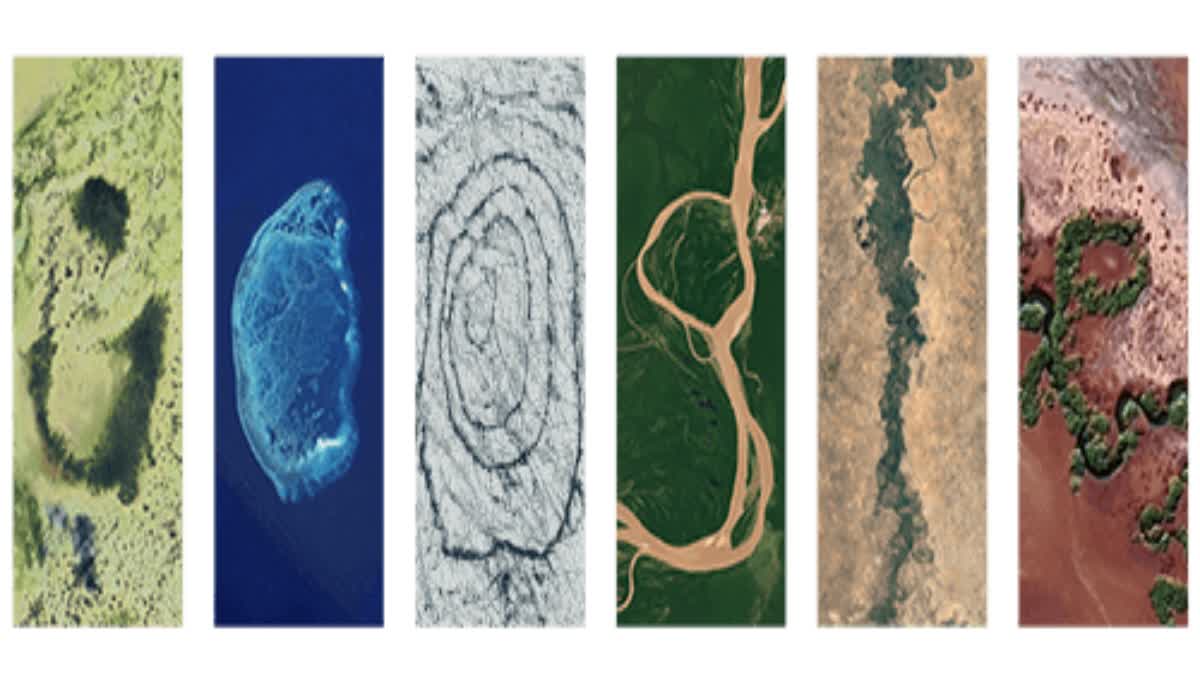Hyderabad: As citizens across the globe observe World Earth Day on Monday, Google Doodle marked the Day by featuring aerial photos from different parts of the world to celebrate the planet’s natural beauty.
The Earth Day logo was transformed to reflect the ongoing efforts of people, communities and governments to protect the Earth’s biodiversity and natural resources. The Google Doodle was accompanied by a short video that showed how nature images from all over the world were chosen to transform Google’s logo.
A Google Doodle is a short-term alteration of the Google logo to celebrate a local or global theme, such as a holiday, a significant date, or an influential person who has made a positive contribution to society.
Here's what each letter of the doodle means:
G: Turks and Caicos Islands. The islands are home to important biodiversity areas with conservation efforts aimed at addressing ongoing environmental challenges, including protecting natural resources and reefs and restoring endangered species like the Turks and Caicos Islands rock iguana.
O: Scorpion Reef National Park, Mexico. Also known as Arrecife de Alacranes, this is the largest reef in the southern Gulf of Mexico and UNESCO biosphere reserve. The marine protected area serves as a refuge for complex coral and several endangered bird and turtle species.
O: Vatnajökull National Park, Iceland. Established as a national park in 2008 after decades of advocacy, this UNESCO World Heritage Site protects the ecosystem in and around Europe’s largest glacier. The mix of volcanoes and glacial ice produce rare landscapes and flora.
G: Jaú National Park, Brazil. Also known as Parque Nacional do Jaú, this is one of South America’s largest forest reserves and a UNESCO World Heritage Site. Located in the heart of the Amazon rainforest, it protects a huge range of species, including the margay, jaguar, giant otter, and the Amazonian manatee.
L: Great Green Wall, Nigeria. Started in 2007, this African Union-led initiative is restoring land affected by desertification across the width of Africa, planting trees and other vegetation while implementing sustainable land management practices. This also provides the people and communities in the area with increased economic opportunities, food security, and climate resilience.
E: Pilbara Islands Nature Reserves, Australia. Located by one of the Pilbara Island Nature Reserves, one of 20 nature reserves in Australia that help protect fragile ecosystems, increasingly rare natural habitats, and a number of threatened or endangered species—including multiple species of marine turtles, shorebirds, and seabirds.


